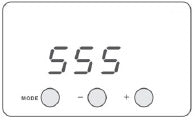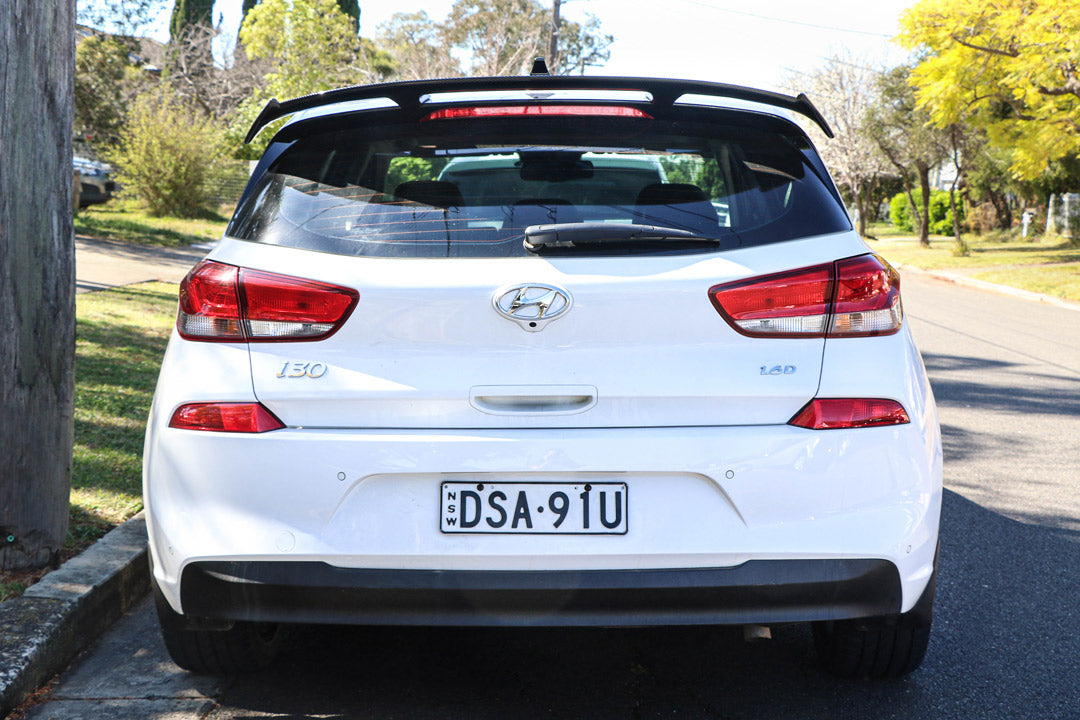
While there are a lot of great things about modern Hyundai and Kia cars, one of the most frustrating issues driver’s experience is throttle lag. Wouldn’t it be great to get an instantaneous response every time you pressed the throttle?
Although we can all agree that the electronic throttle in many modern cars is a hindrance to an ideal driving experience, the good news is that it's possible to tune them. And that's where we can help. Depending on the settings you choose, Cherry Tuning's Electronic Throttle Controllers can transform the nature of your car by completely removing, or significantly minimising, the lag experienced with electronic throttles.
Connecting in-line with your factory throttle pedal, the controller can be mounted anywhere within reach from your driving position, allowing easy access to change between different driving modes.
At Cherry Tuning we have created three different throttle controllers to suit a range of cars including, but not limited to: all Hyundai i30 models such as N, SR and N-Line, Hyundai Elantra, Hyundai Veloster, Kia Cerato, Kia Picanto and many more.
Installing Your Throttle Controller
Step One:
Remove your car’s accelerator pedal plug from your accelerator pedal.

Step Two
Taking the loom that came with your Cherry Tuning Throttle Controller, connect plug A into the your accelerator pedal.

See close up picture below:

Step Three
Connect your car’s accelerator pedal plug into plug B on the Cherry Tuning throttle controller loom. It can only fit in properly one way, so make sure you hear the click.

Step Four
Connect plug C into the black control box that came with your Electronic Throttle Controller.

When all plugged in, it should look like this:

It was really difficult to get a good photo, there's not much space to move down here!
Step Five:
Connect the small cable "D" into your Electronic Throttle Controller screen.

Step Six
Complete set up by removing the protective film on the back of your Electronic Throttle Controller and mount it in your desired location. It's as simple as that! The Electronic Throttle Controller will turn on when your car turns on.

Please Note: If your Electronic Throttle Controller appears scratched on its screen, please peel off the protective film.

Operating Your Throttle Controller
After installation, your throttle controller will automatically turn on when you start your car. To make sure everything is working correctly, we recommend starting in Neutral or Park and taking the time to check that your accelerator pedal is working correctly.
You can operate your throttle controller by using its three buttons: (Mode), (+), (-)
By pressing the mode button, the electronic throttle controller will cycle through its 5 modes, while the plus (+) and minus (-) buttons will adjust the strength of each mode. Each mode has strength levels from 1 to 9, with 9 being the strongest.

|
P1 Comfort Mode This mode is best described as the OEM+ mode. It's a slightly improved version of the factory settings |
 |
P2 Sport Mode Our most common setting, Sport Mode will give the most noticeable improvement from stock, without being too difficult to drive. |
 |
P3 Race Mode For those looking for the absolute fastest throttle response, this is it. Race Mode transforms your accelerator pedal into an on/off switch. It's so sensitive, that your car will become very difficult to control, so drive in this mode with caution. This mode also uses a lot more fuel. |
 |
Fuel Efficient Mode This mode decreases the throttle response, making your car slower to respond. The result is an increase in fuel economy. Customers can expect to get a 2 - 8% decrease in fuel consumption. |
 |
Normal Mode |
Two other modes are also available, which can be accessed as follows:

|
Automatic Mode To access this mode, press the "+" button for 3 seconds until the screen shows AAA. This mode will allow the throttle controller to automatically choose a setting for your car. We generally do not recommend this mode, but if you do happen to accidentally get stuck on this mode, you can switch back to manual mode by following the steps below: |
 |
Manual Mode Press the "-" button for 3 seconds until the screen shows SSS. This will change the mode back to manual mode and you'll be able to manually choose your throttle controller settings again (P1, P2, P3, EC, NOR). |
While the factory default setting is P2.6, we recommend dual clutch transmission cars to set their controller to P2.3 as a starting point.
For manual cars we recommend a setting of P1.8 as a starting point.
Trouble Shooting Your Throttle Controller
There is a chance that upon installing the throttle controller you may get a check engine light. This can occur for a couple of reasons:
Electricity Left in the Circuits:
If there is any electricity left in the circuits when you disconnect the pedal cable, you may get a check engine light. This is because the ECU is able to recognise that the pedal has been unplugged. If you’re concerned about this happening to the car, unplug the negative terminal on your battery and wait 5 minutes before beginning installation. Otherwise the check engine light should go away by itself after 24 hours.
Incorrect Installation:
If you have installed the throttle controller in the wrong direction, the pedal won’t work and the engine warning light will appear. Do not worry, this product has an internal protection circuit, which prevents harm to your vehicle. To fix the issue, simply turn off your engine and try again after a couple of minutes.
If you’re still experiencing issues, feel free to give us a call and we’ll be happy to help you out.


